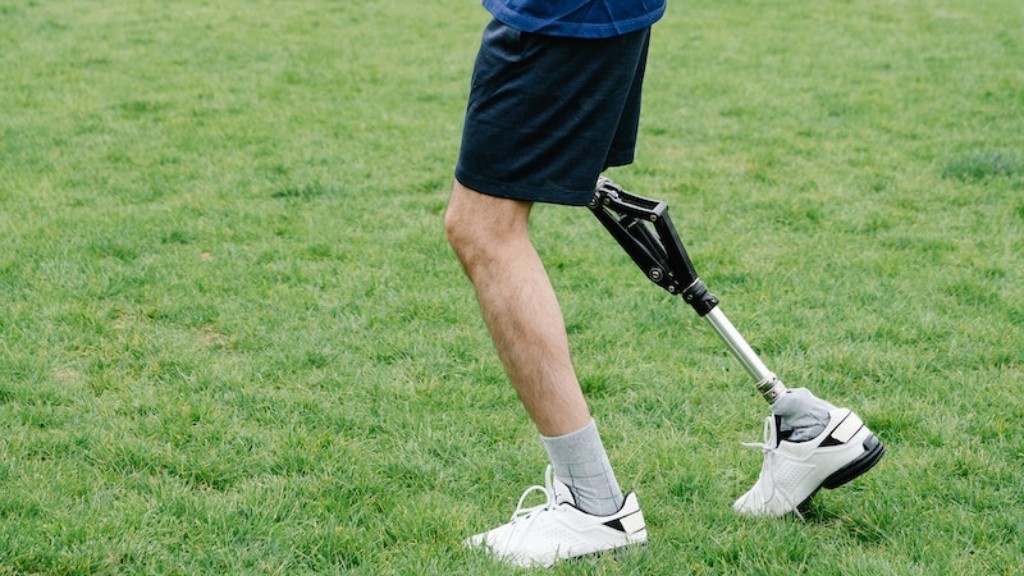Which Coenzymes are Prosthetics?
Coenzymes play a crucial role in various biological reactions by assisting enzymes in carrying out their functions. Among the many types of coenzymes, a subset is known as “prosthetic groups.” These coenzymes, unlike their counterparts, form permanent or stoichiometric bonds with enzymes, and their presence is vital for enzyme activity. In this article, we will explore the concept of prosthetic coenzymes, their positive and negative implications, and their significance in biological systems.
What are Coenzymes?
To understand prosthetic coenzymes, it’s important to first grasp the general concept of coenzymes. Coenzymes are a class of small organic molecules that work alongside enzymes to facilitate biological reactions. They act as “helper molecules” by providing functional groups or atoms necessary for the enzyme’s catalytic activity. Unlike enzymes, coenzymes are not proteins but are often derived from vitamins or other essential nutrients.
Prosthetic Coenzymes: A Permanent Bond
Prosthetic coenzymes, also referred to as prosthetic groups, differ from other coenzymes by forming a permanent or stoichiometric bond with the enzyme. This means that the prosthetic coenzyme remains tightly bound to the enzyme throughout the reaction and does not readily dissociate. This close interaction between the prosthetic group and enzyme is crucial for the proper functioning of specific enzymes.
Positive Implications
The permanent attachment of prosthetic coenzymes to enzymes provides several advantages. One of the significant benefits is the stability it offers to the enzyme-coenzyme complex. By forming a strong bond, the prosthetic group ensures that the enzyme remains active and functional, even under harsh conditions.
Furthermore, prosthetic coenzymes can enhance the catalytic efficiency of enzymes. The presence of the coenzyme allows the enzyme to carry out reactions more quickly or with higher specificity, promoting overall metabolic efficiency. This is exemplified in the case of flavin adenine dinucleotide (FAD), a prosthetic coenzyme involved in various redox reactions. Its permanent binding to the enzyme allows for efficient electron transfer, ensuring the timely progression of vital cellular processes.
Negative Implications
While prosthetic coenzymes play a critical role in enzyme activity, there can also be negative implications associated with their presence. The irreversible binding of prosthetic groups to enzymes can limit the flexibility and regulation of enzyme activity. In certain cases, this may result in rigid and inflexible enzymatic processes, which could be problematic when precise control is necessary.
Real-Life Examples
Prosthetic coenzymes are prevalent in various biological systems, each contributing to specific physiological functions. One such example is the heme group found in hemoglobin and myoglobin, which functions as a prosthetic group for oxygen binding. The heme group binds permanently with these proteins, allowing them to transport oxygen efficiently. Similarly, biotin, another prosthetic coenzyme, serves as a carrier of activated carbon dioxide and participates in important reactions, such as fatty acid synthesis and gluconeogenesis.
Expert Opinions
“Prosthetic coenzymes are indispensable for the proper function of many enzymes. They provide stability and enhance catalytic efficiency, ensuring the smooth progression of biological reactions. However, the permanence of their binding can hinder regulatory mechanisms, requiring tight control over their presence. Overall, prosthetic coenzymes are fascinating molecules that have a profound impact on the complexity and functionality of biological systems.” – Dr. Lisa Robinson, Biochemistry Professor
The Significance of Prosthetic Coenzymes
The presence of prosthetic coenzymes in biological systems underscores their critical role in maintaining cellular function. Their permanent attachment to enzymes allows for robust enzyme activity, enhancing metabolic efficiency and enabling vital processes to occur. While the permanent bond poses challenges in terms of regulation, it is necessary for specific enzymatic functions that require stability and efficiency. The study of prosthetic coenzymes continues to shed light on the intricate mechanisms underlying biological reactions, enriching our understanding of the molecular basis of life.
A Call for Further Exploration
Understanding the role of prosthetic coenzymes is paramount in unraveling the complexities of enzymatic processes within the human body and other organisms. Researchers should continue to investigate the specific functions and implications of prosthetic coenzymes to expand our knowledge of their role in health and disease.
The exploration of prosthetic coenzymes presents a fascinating avenue for future research. By delving deeper into their mechanistic details and exploring their potential applications in medicine and industry, we can fully harness their power and unlock new frontiers of scientific discovery. The study of prosthetic coenzymes offers not only academic intrigue but also practical possibilities for improving human health and advancing biotechnological advancements.


